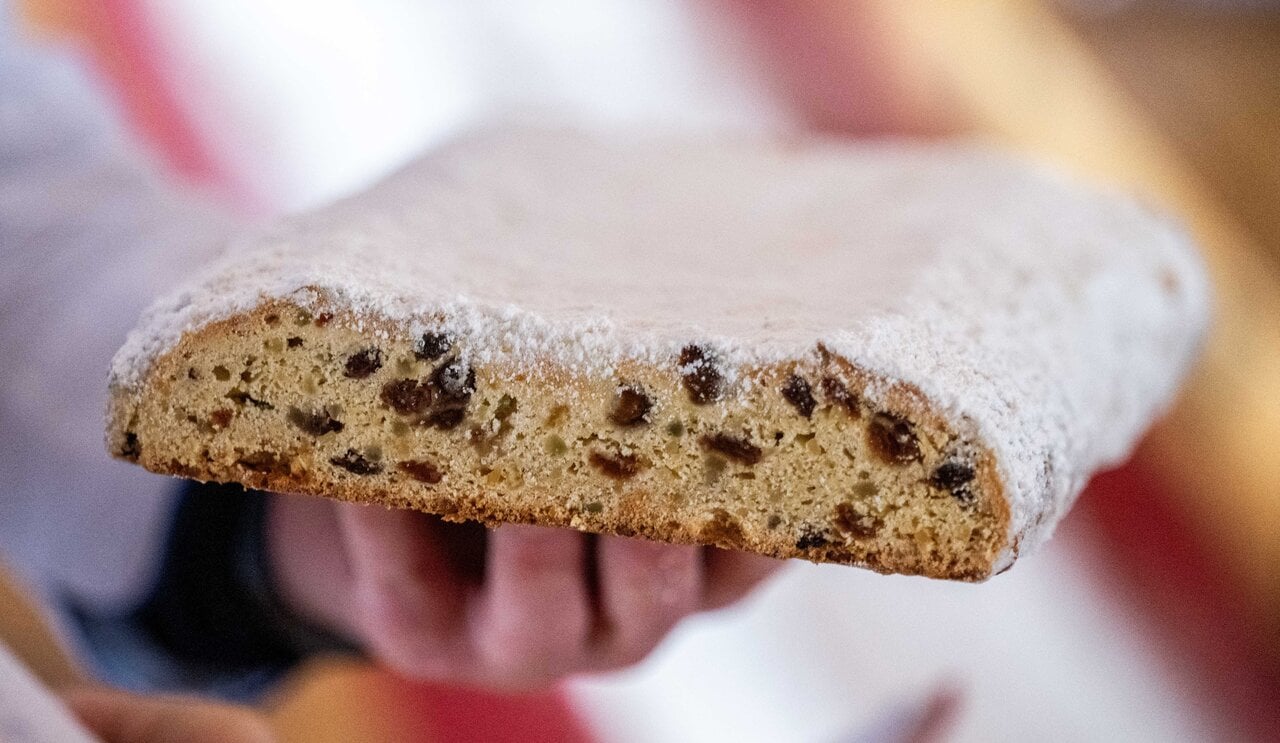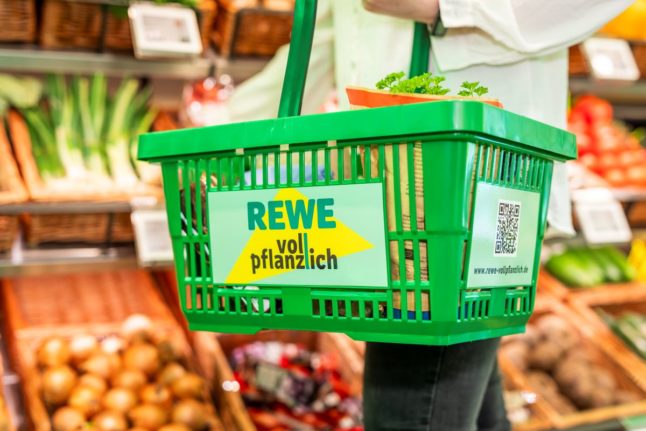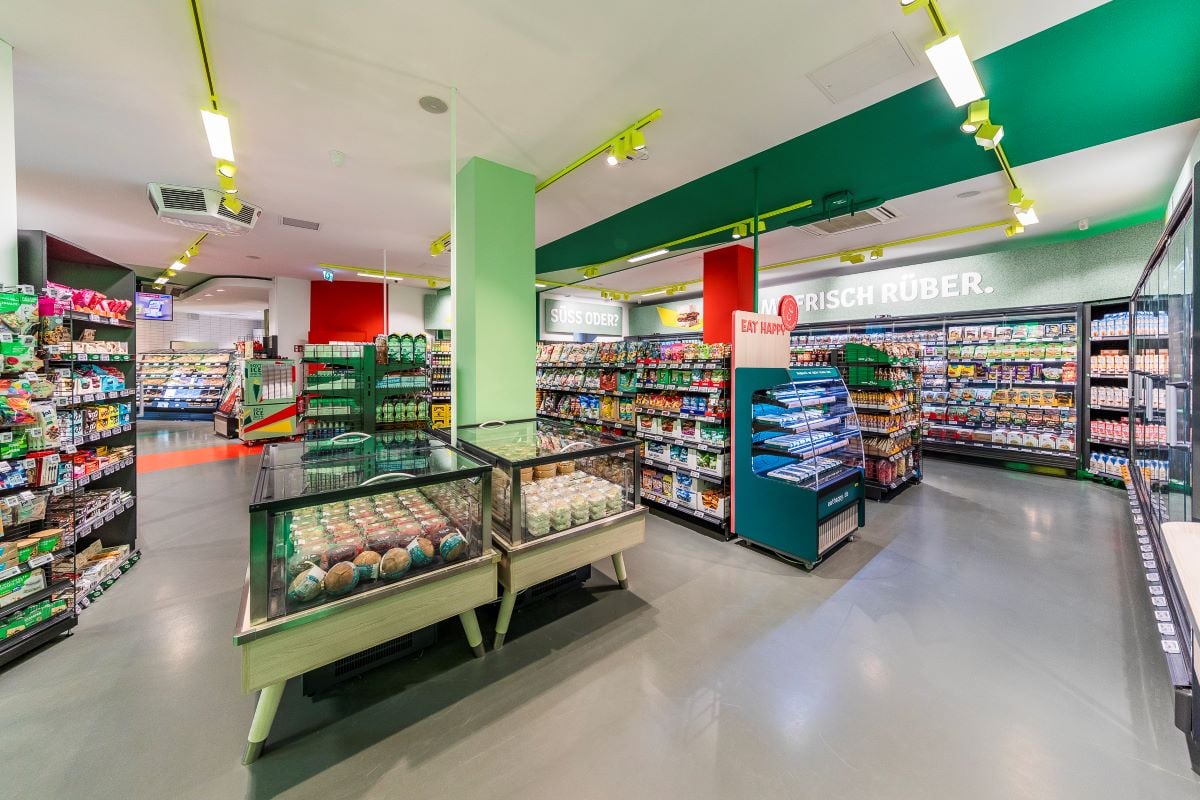Germany has a rich and varied culinary Christmas tradition, as well as a huge selection of festive foods which makes coming up with a definitive list a tricky task. But here, plucked from typical German Christmas fare, are the essential tastes you are likely to encounter.
Glühwein – mulled wine
Let’s start with a boozy ice breaker. Glühwein is the German version of mulled wine known and enjoyed the world over. But there is more to it than meets the mouth at a typical Christmas market stand in mid-December. The ingredients range from from cinnamon sticks and vanilla pods to cloves and citrus, but the German version is frequently blended with rum or brandy and therefore known as a great way to encourage mingling among party guests – or simply to take the edge off German family gatherings over the holidays. Ever the masters of the literal, the translation of the German word “glowing wine” will add some colour to your cheeks.
SEE ALSO: German word of the day: Glühwein

Eierlikör – egg liqueur
This strong and thick egg liqueur is a far cry from creamy American eggnog that is spiked with abandon during the holidays. The German beverage is a blend of egg yolks, varied spirits, sugar, brandy, vanilla and sometimes cream. It might well be an old acquaintance you’ve met under the name “Advocaat.” Traditionally served in a wide glass with whipped cream and cocoa powder sprinkled on top, your hosts might serve it as an aperitif, digestive or simply pour it over the dessert – the Germans use it for just about everything. It’s rich, but worth knocking back, especially if you can get your hands on the homemade stuff.
Grünkohl – kale
Held in high regard across the country, kale is likely to accompany whatever slab of Christmas meat is put on the table. It’s minced and cooked in stock with cream, spices and random meat or sausages for a few days. Even though it might sound odd, a whole culture has formed around these healthy greens across the country. You’ll find that everyone has their own secret spice mix to make their kale stew a specialty. Just ask any Oma and she’ll swear that the process of reheating the kale gives it its characteristic flavour and texture.
Knacker – bangers
Those who have turned their nose up at Grünkohl might find this dish more appealing. In some parts of Germany the traditional Christmas Eve victuals are just basic sausages and potato salad. This all-time German favourite can be enjoyed with a variety of sausages such as Wiener, Bockwurst, or Knacker, which are a smoked, raw sausage a bit like raw bangers.
Karpfen – carp
If your hosts dish up a big fish it is very likely to be carp. Don’t be reserved when it comes to this downmarket fish. While carp is viewed unfavourably in America, its firm, low-fat meat is valued in Germany. The flavour is usually mild, but some people insist that the farm raised variety can have a “muddy” taste. However, carp can often be reminiscent of tasty catfish too.
Gänsebraten – roast goose
You can’t live without roasted poultry on Christmas? Well, Germans like their holiday bird too. Traditionally eaten with dumplings, red cabbage and the aforementioned kale stew, roast goose might even be the most popular holiday dish in Germany. One benefit is that you avoid the dreaded “dry-turkey” because high-fat goose stays juicy.
Lebkuchen – German gingerbread
Don’t fear if you thought the rock hard Lebkuchen Herzen (gingerbread hearts) inscribed with icing were inedible when visiting the Oktoberfest this year. The Christmas version of this traditional spicy-sweet gingerbread cake is somewhat soft and comes in every shape and taste your heart desires. It is also known as Pfefferkuchen (pepper cake) or Honigkuchen (honey cake), depending on the ingredients.
Spekulatius – spicy shortbread
This is a spicy Christmas cookie. The biscuit is very thin, crunchy, slightly browned and usually has an image or figure stamped on the front before baking. The bottom of the cookie is flat. Imagine a slimmed down, spiced up version of shortcake that is the perfect companion to coffee.
Stollen – fruit cake
This stodgy fruit cake might look familiar when served up, but this version is much tastier and more delicate than the North American version. The dense, yeasty dough appears solid enough to brick a house, but is actually quite low in sugar. Stollen contain all sorts of Christmas goodies such as marzipan, almonds, dried fruit, and butter – topped off with a thick powdered sugar coating. Even though small Stollen are available these days, the traditional weight used to be a whopping two kilos!

SEE ALSO: The secrets behind stollen, Germany’s beloved holiday treat
Baumkuchen – tree cake
This cake is a real highlight. Baumkuchen literally translates to “tree cake” because of the characteristic golden layers that are baked separately to resemble the rings of a tree trunk when cut in half. To get the ring effect, a very thin layer of batter is brushed evenly onto a spit and allowed to bake on an open flame until golden brown. The whole procedure is repeated numerous times until the so called “king of cakes” reaches its desired heft. Available the whole year round, it is still mostly eaten during the holiday season in Germany.
Reibekuchen – potato pancakes
Walking around the German Christmas markets, there are lots of potato based foods on offer, but one of the most well-known is the Reibekuchen, a kind of potato pancake often served with Apfelkompott (an apple compote sauce). Reibekuchen, also sometimes known as Kartoffelpuffer or Kartoffelpfannkuchen are just one form of potato popular in Germany, but these potato pancakes made from grated potato, onion, eggs and flour are particularly popular at Christmas.
SEE ALSO: German word of the day: Reibekuchen
Marzipankartoffeln – marzipan potatoes
You might have noticed already that the German sweet tooth loves marzipan, but Marzipan Kartoffeln are the real deal. They’re just what their name suggests, potato shaped lumps of marzipan dusted with cocoa and cinnamon for that freshly harvested spud look. These sugary little ‘taters can only be found in the shops during the holiday season and can work as a nice pick-me-up after a boozy evening. If that doesn’t work, start from the top of our list again and see if another cup of Glühwein does the trick…




 Please whitelist us to continue reading.
Please whitelist us to continue reading.
Interesting that Kerstin doesn’t mention a dish that I thought was widely enjoyed in Germany . . . here in the Schwarzwald our Christmas Eve feast is always centred around a glorious meat fondue . . tasty chunks of beef filet, pork and chicken individually cooked in bubbling coconut oil and then dipped in a magnificent array of pre-prepared sauces. This is a really sociable, and memorable, meal. Don’t forget the customary trick of placing a glass marble in the fondue pot to prevent eruptions!
Thanks for the tip, Peter. Sounds delicious.